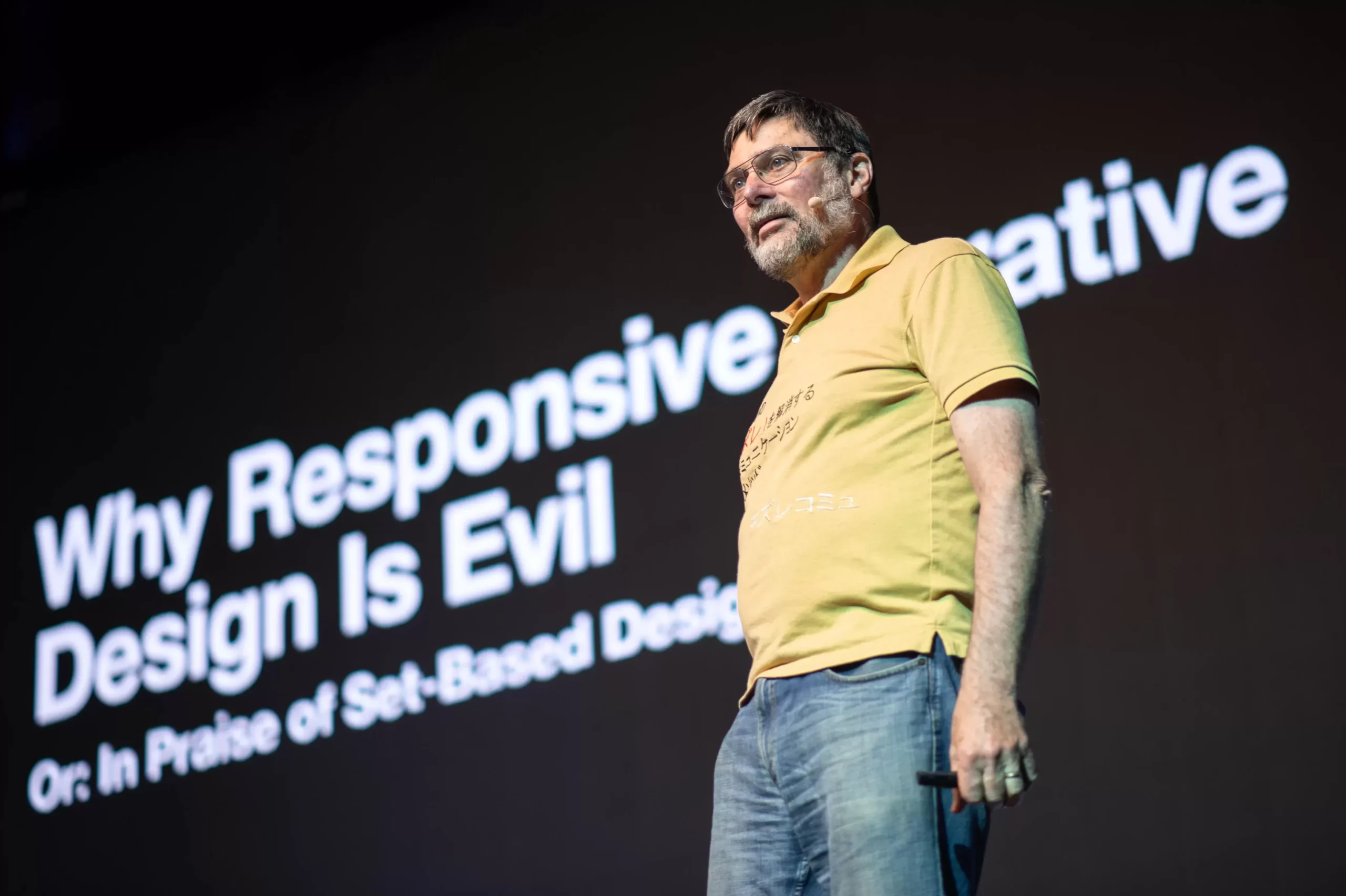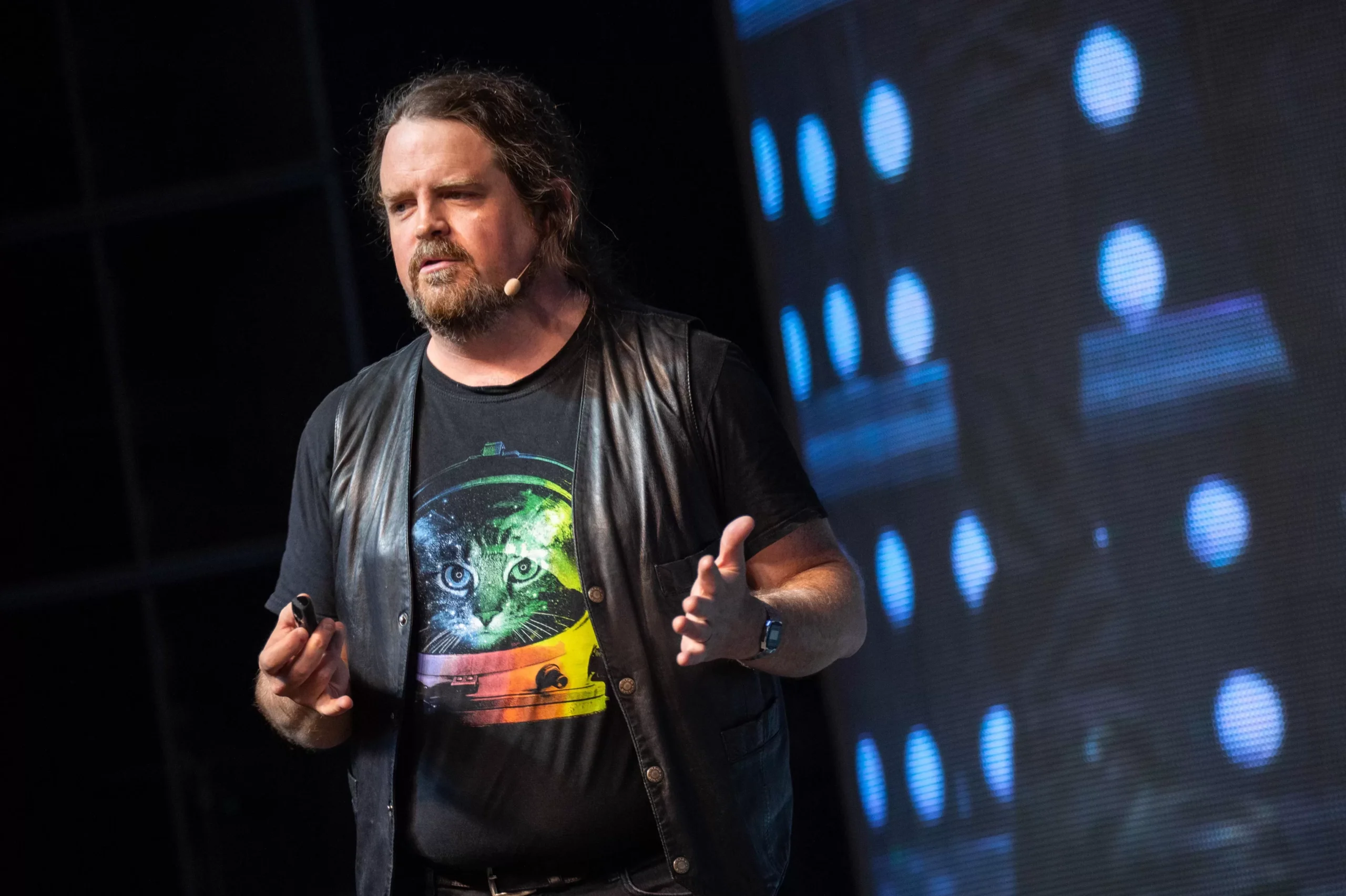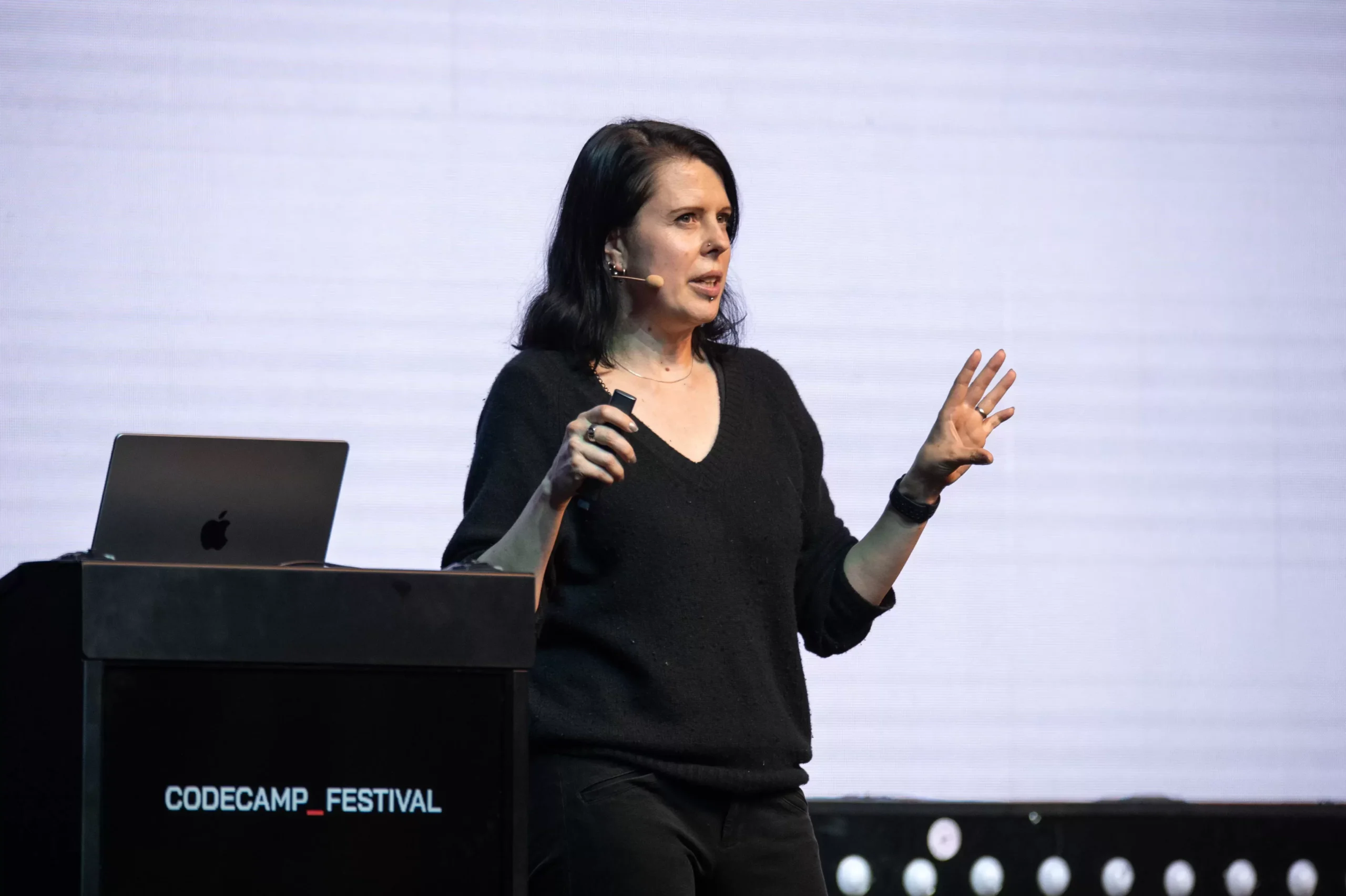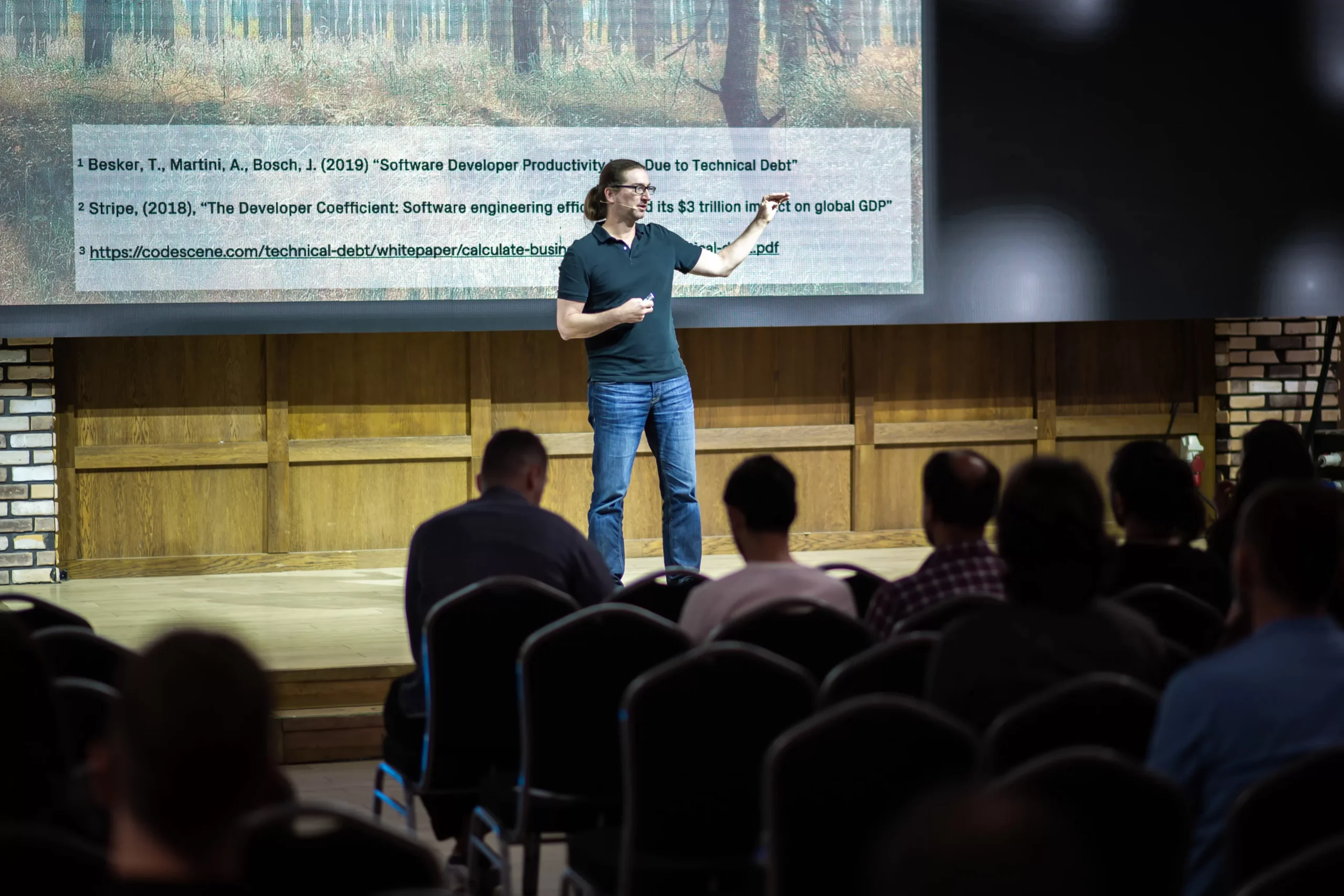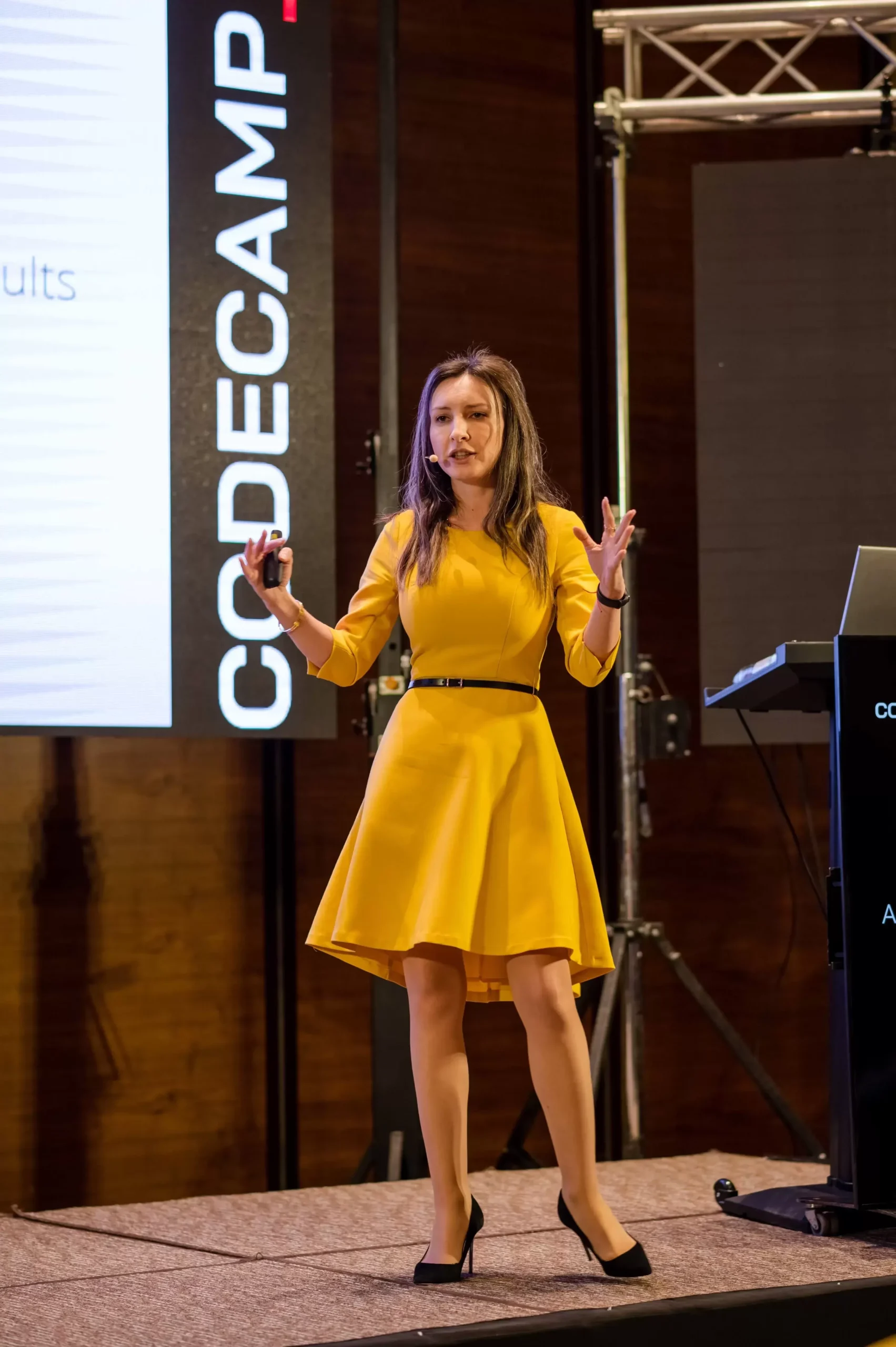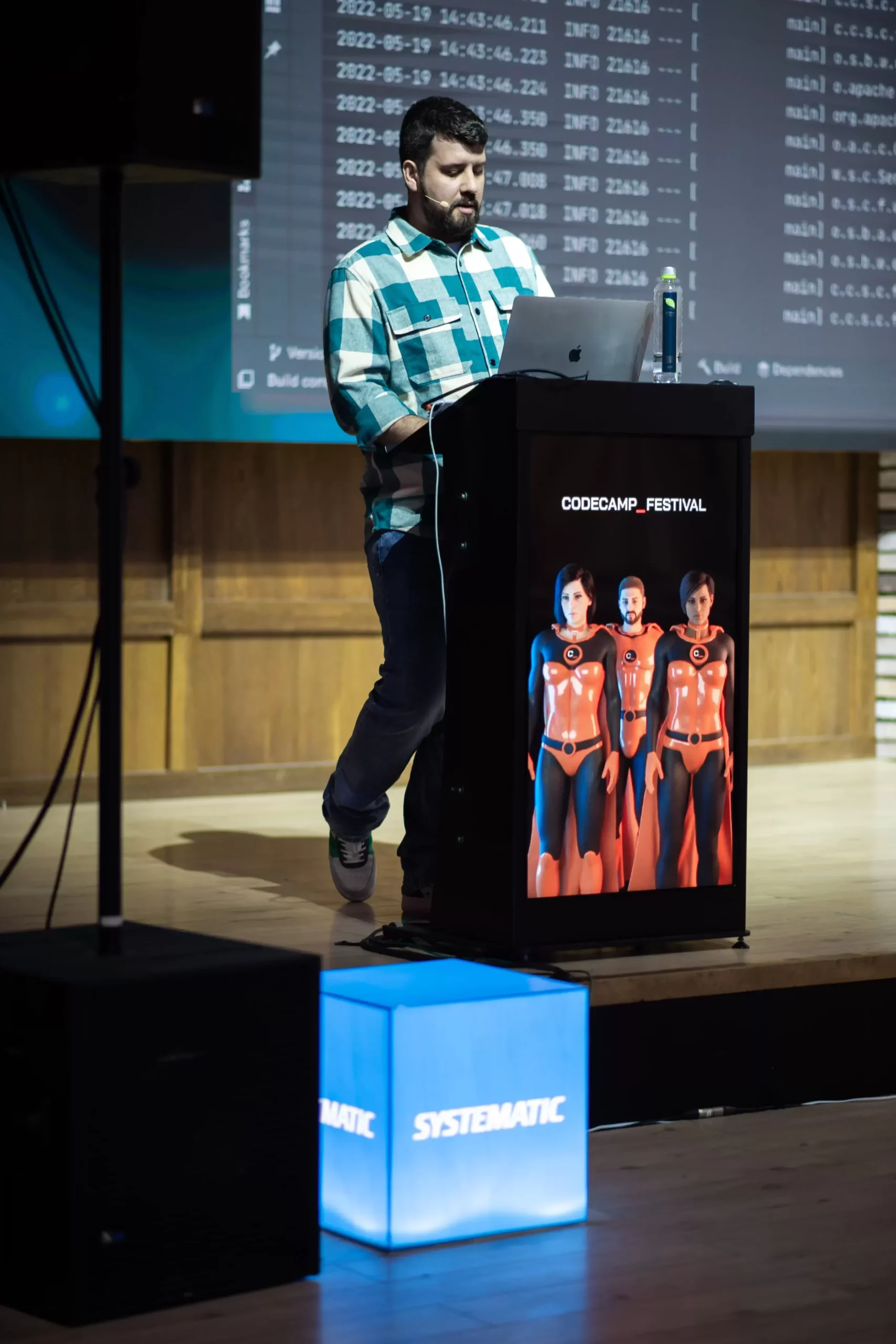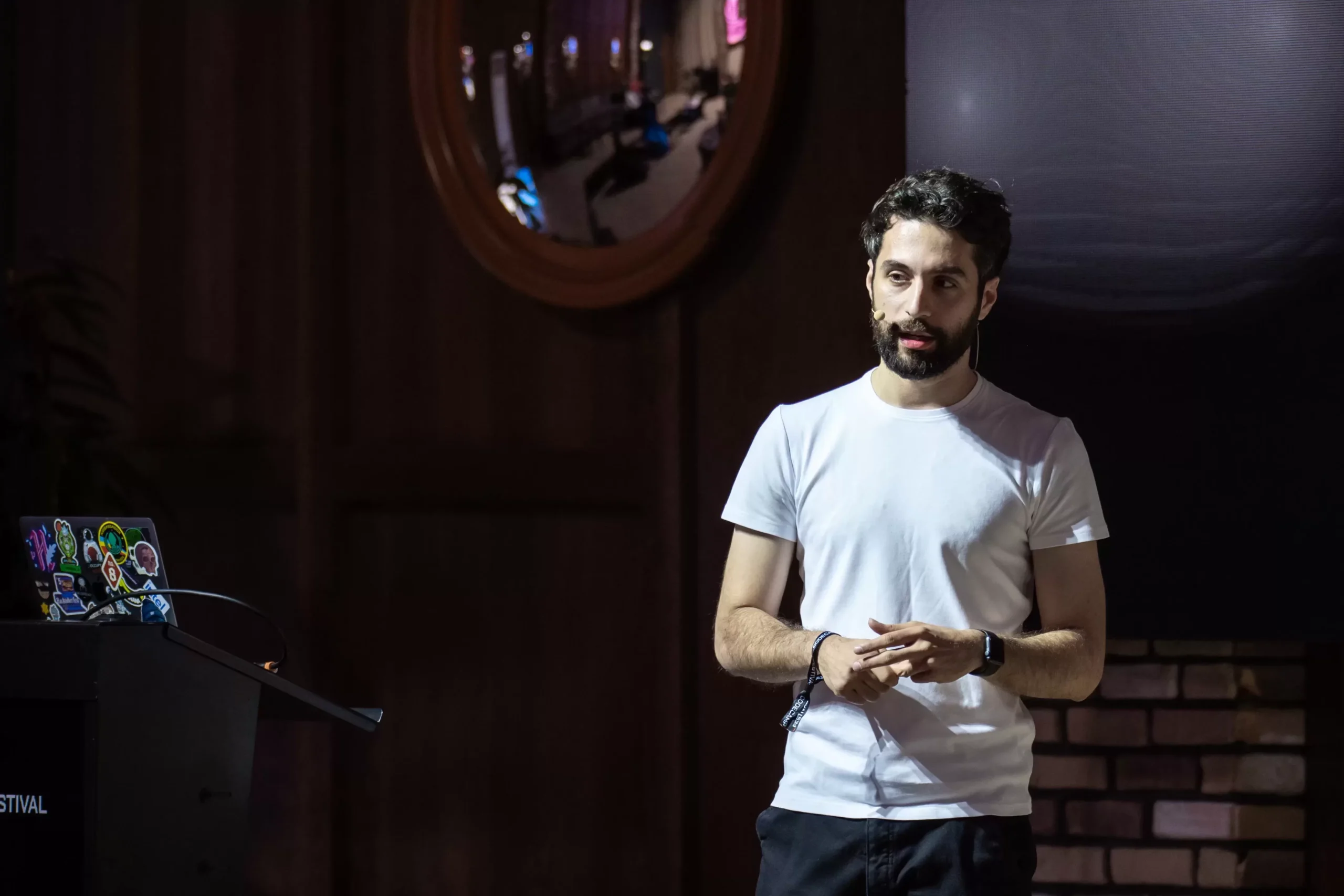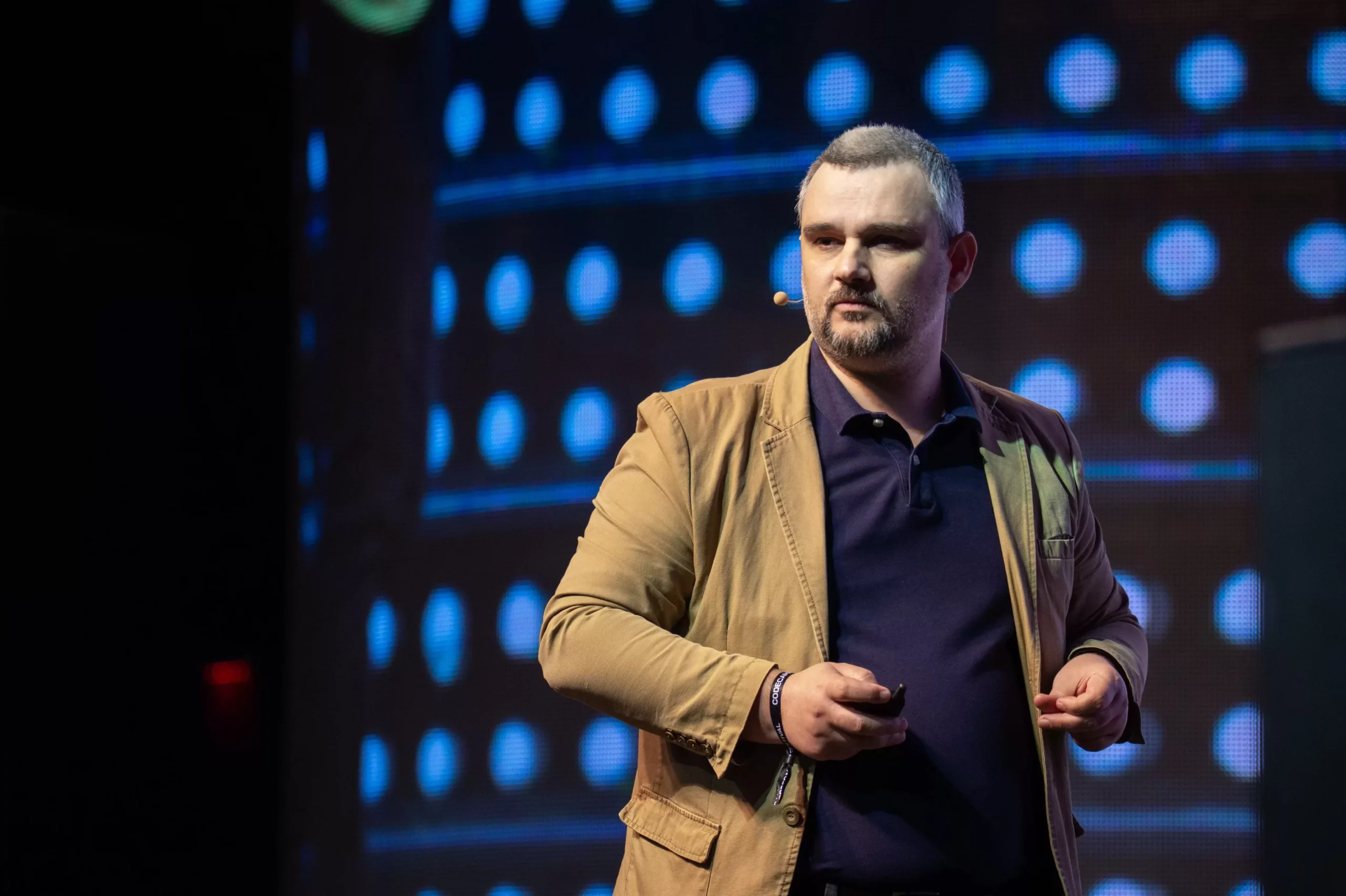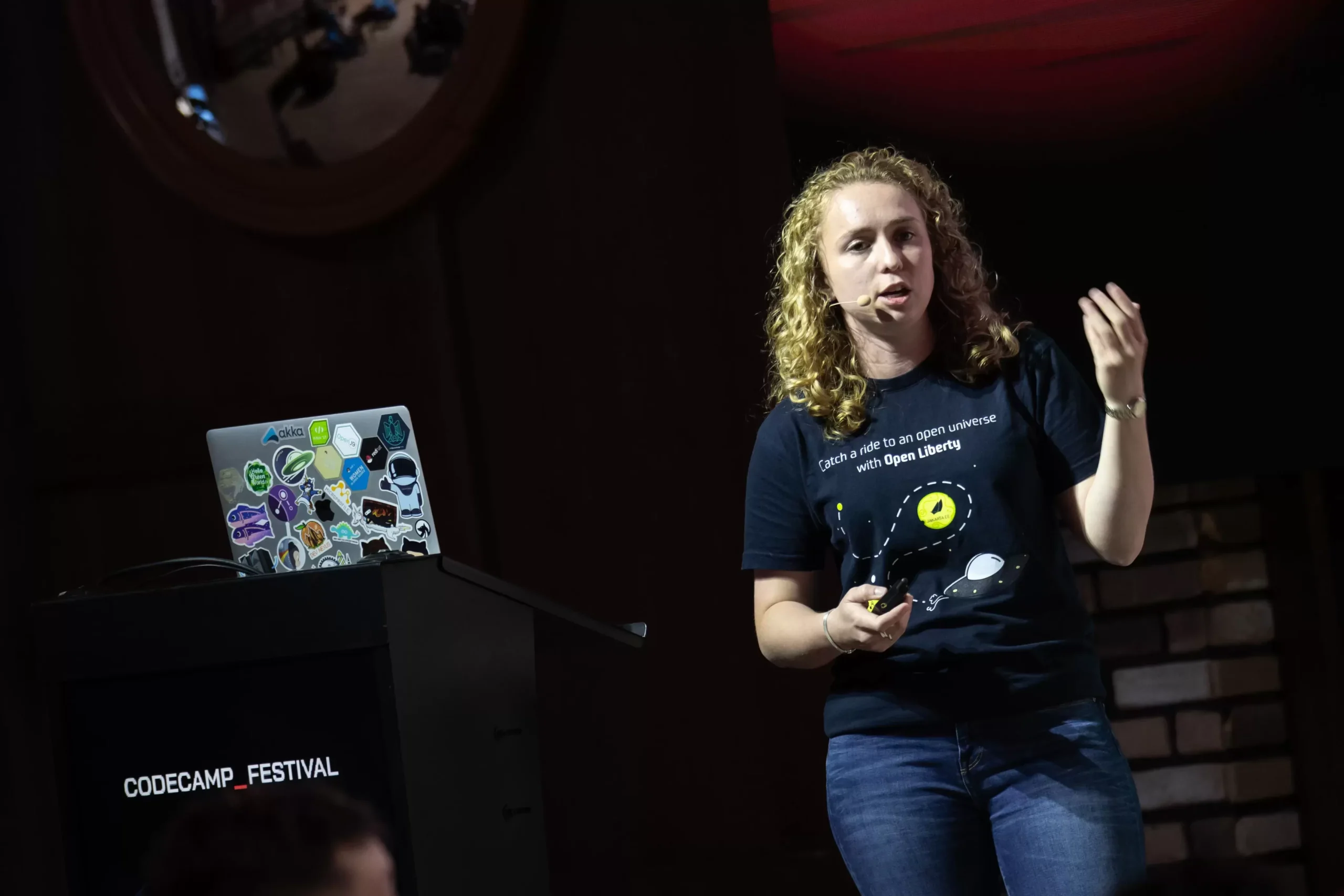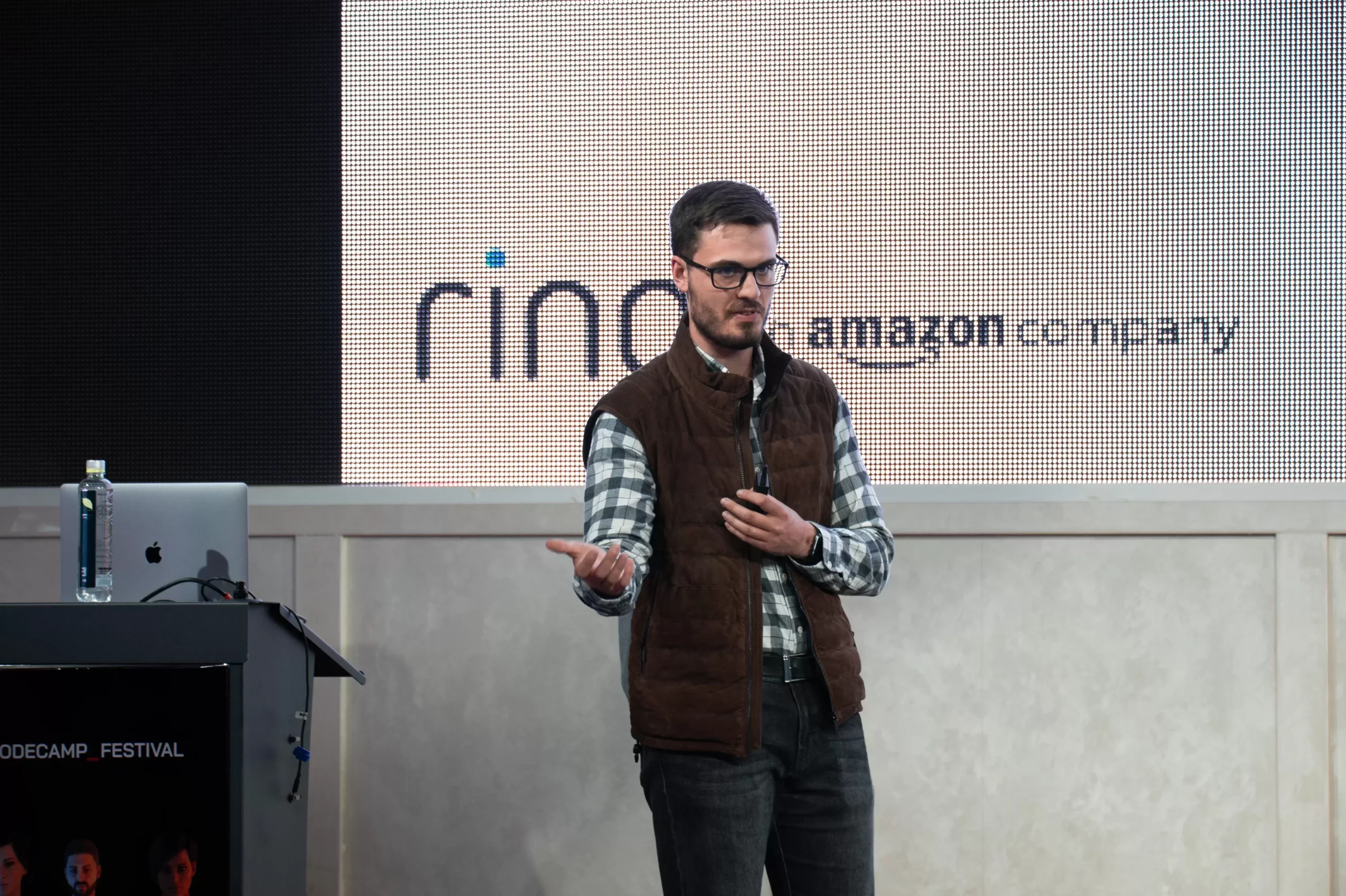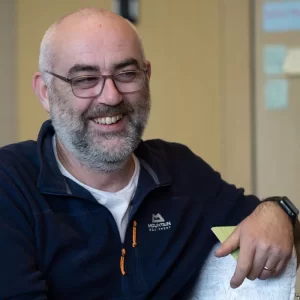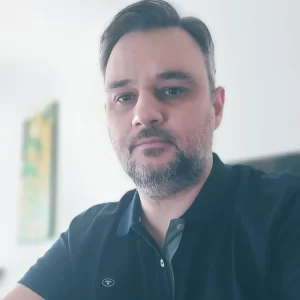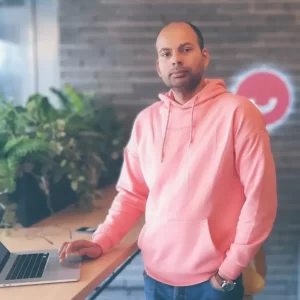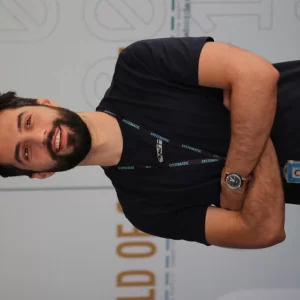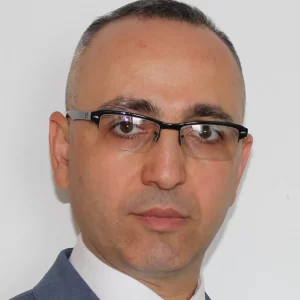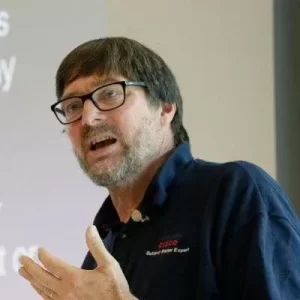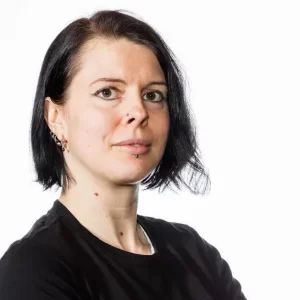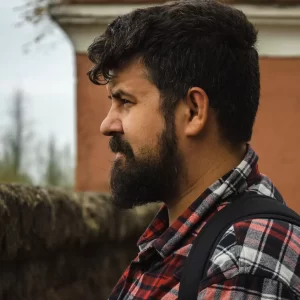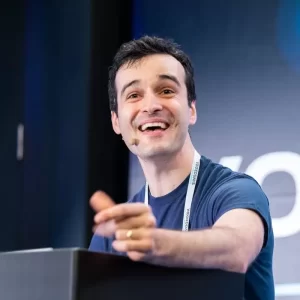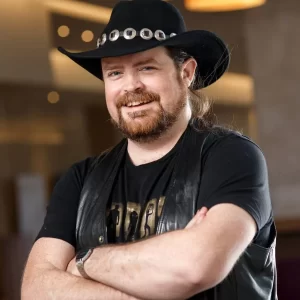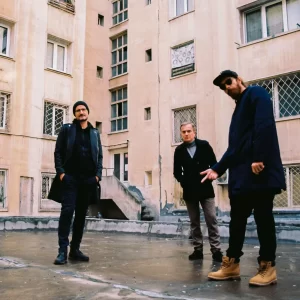Codecamp_Festival
Meet all your superheroes in one day
19 May 2022 _ Face Convention Center, Bucharest, Romania
A complete experience
19 superheroes
3 top-notch keynotes
4 stages
New connections
Food and drinks
Concert & afterparty
Codecamp_Festival is a one-of-a-kind experience, mixing learning from the best speakers out there, from all over the world, with the glitz and glamour of a true music festival.
Four awesome stages, three inspiring keynotes, seeing your superheroes up close and personal and making new connections, in a laid back and friendly scenery, who said learning can’t be fun?
The speakers
Meet the superheroes that changed the game in software development.
Yeap, they’re all coming to Romania! Grab a coffee with them and prepare to be starstrucked.
The stages
Woodstock
Factory
NDR Portal
Holiday Village
Masterclasses
These high-end learning events feature top trainers and IT specialists from all over the world. The workshops represent an in-depth, hands-on, practical approach, addressing a diverse range of disciplines and technologies like architecture, Java, .NET.
Main Partner

Microsoft
Microsoft enables digital transformation for the era of an intelligent cloud and an intelligent edge. Its mission is to empower every person and every organization on the planet to achieve more.
Stage Partners

Sustainalytics
Sustainalytics has the awesome mission to provide the insights required for investors and companies to make more informed decisions that lead to a more just and sustainable global economy.
They have an innovation practice department focusing on research and integration of Artificial Intelligence/Machine Learning, Information Retrieval, and Digital Curation technologies into the company’s information acquisition, analytics, and research processes.
Sustainalytics has been a Morningstar company since July 2020, continuing to empower investors’ success through responsible investment solutions and products.

Systematic
At Systematic, we believe that a line of code created with intelligence and innovation can advance societies, boost businesses, and change lives for the better. Systematic is an international IT company with a Danish-inspired work culture.
Established in 2017 in Romania, our goal has been on consolidating a highly skilled professional community responsible for developing our products for the Defence, Healthcare, Renewables, Library, and Learning sectors.
We know that the right solutions require the right people – and that is why we will always invest heavily in their development. Together, we will never stop developing.

Thoughtworks
We’re a leading global technology consultancy that integrates strategy, design and software engineering to enable our clients to thrive.
For over 30 years, we’ve been at the forefront of digital innovation and have vast experience creating adaptable technology platforms, designing world-class digital products and harnessing the power of data and AI to unlock new sources of value.
We’re laser-focused on transforming your digital journey so you can make extraordinary impact today, tomorrow and beyond.
Holiday Village Architect

Luxoft
We’ve been present in Romania for more than 10 years and we are one of the main players on the IT&C local market. Our Luxoft employees in Romania are involved in cutting-edge projects for key industries such as automotive, finance and digital enterprise. And we are always looking for brilliant minds to join our team.
Expo Partners

Nagarro
We excel at digital product engineering. We solve complex business challenges through agility and innovation. We call it thinking breakthroughs.

Stefanini
We have three decades of IT expertise, so you can rely on us to make your digital transformation dream a successful reality. By innovating across technology, digital strategies and delivery models we are an one-stop-shop for defining and delivering both end-users and business value.

AWS
AWS is the world’s most comprehensive and broadly adopted cloud platform, offering over 200 fully featured services from data centers globally. Millions of customers, including the fastest-growing startups, largest enterprises, and leading government agencies are using AWS to lower costs, become more agile, and innovate faster.

Ness
Ness designs, builds, and integrates digital platforms and enterprise software that help organizations engage customers, differentiate their brands, and drive profitable growth.

METRO Digital
METRO Digital Romania is the tech company of METRO, the leading international specialist for wholesale and food trade. With longstanding experience in global wholesale, METRO.digital develops customized IT services and products worldwide for all METRO countries. Located in Germany and Romania, the METRO.digital employees are working continuously on one goal: digitalizing the wholesale industry.
We leverage the METRO’s long history and expertise in B2B to build a more sustainable market ecosystem by placing the client’s need in the organization’s center.

Cognizant
Cognizant Romania is one of Eastern Europe’s largest Software Product Engineering delivery networks. We serve global clients in several industries, including Banking & Financial Services, Insurance, Healthcare & Life Sciences, Communication Media & Technology, and Retail & MLEU (manufacturing, logistics, energy & utilities).
Our product thinking mindset defines, builds, and launches new, experience-centered software products that reinvent business.
To learn more about Cognizant Romania and explore career opportunities visit our website (https://www.cognizant.com/ro/en)!

Playtika
Playtika is a leading mobile Game-Entertainment Company that provides audiences around the world with a wide variety of games based on quality, original content that is constantly changing and tailored to each player specifically.
We were among the first to offer free-to-play games on social networks, and shortly after, on mobile platforms. Playtika creates disruptive gaming experiences that are reshaping the gaming landscape using cutting-edge technologies in Live-Ops, Data Analytics and Performance Marketing.
As a digital entertainment powerhouse, Playtika processes 9TB of data daily. Our creative team translate data-driven insights into customized story lines that deliver exciting challenges and surprising thrills, at every twist and every turn. We move fast, seizing new opportunities, pushing boundaries and leveraging the technology and talent we’ve acquired along the way.
At Playtika, we are storytellers and coders, artists and data-scientists, explorers and strategists. We don’t just build games, we bring them to life. We create infinite ways to play.
Ravers

UniCredit
At UniCredit, we explore bold, innovative ideas, delivering products and solutions that enable people to live more successful and fulfilling lives. Our ambition is to be the Bank for Europe’s future – and we look for people who are willing to walk with us in this direction.
With UniCredit, future candidates can unlock their fullest potential. We strive to attract and retain individuals who embody our Values of Integrity, Ownership and Caring and will become active contributors to achieving our Purpose of Empowering Communities to Progress.

Strongbytes
Strongbytes is a trusted technology partner which designs & delivers software solutions with significant positive business impact for cloud-enabled, data-driven organizations. It empowers businesses to continually improve their ability to access and analyze data consistently to make accurate decisions, with the help of software applications, data engineering, analytics & ML, in the cloud, highly automated. With a focus on understanding the business need, end-to-end quality, and a highly collaborative delivery model, our engineering teams create new and modernize existing products in a consistent, predictable manner.
Community Partners

How To Web
The story of How to Web started in early 2009, at a point when the IT industry was centered on outsourcing activities, while the few individuals and companies working on their own tech products back then were disconnected and didn’t have access to learning and networking opportunities. Year after year, we supported companies to shift their focus from outsourcing to innovation, we’ve learned to differentiate and innovate and we’ve grown together fuelled by he power of an ever-stronger, interconnected community.

ANIS

Scoala Informala de IT
The Informal School of IT is the largest platform in Romania that brings together industry leading professionals with talented people driven by a desire to develop their unique IT skills.
Our hands-on approach, combined with a permanently updated curricula and convenient timeframe proved to be a successful recipe for our alternative school.

Transilvania IT Cluster
Transilvania IT Cluster works at the intersection between entrepreneurship, researchers, innovators, and public administration, pushing forward discussion and action around digital transformation and thus enhancing community development through digitisation.
Founded in 2013 by Aries Transilvania, Transilvania IT Cluster was originally aimed to support employees of member companies in the acquisition process of technical and soft skills, as well as offer a platform of knowledge and training for the implementation of collaborative projects. While this continues to remain an important focus, Transilvania IT Cluster further developed to match the sector development in Cluj – Napoca.

Aries TM
We promote, protect and develop the IT&C industry
We are the largest association from South-Eastern Europe and the most important and reliable source of information for the IT&C business community.

Voxxed Days Bucharest
These developer conferences bring together popular speakers, core developers of popular open-source technologies and professionals willing to share their knowledge and experiences. With several tracks on different topics, attendees can satisfy their curiosity and learn new skills while enjoying and having fun!

RubikHub
Rubik Hub is more than a physical place, it is an emerging community, formed of people with mutual values, a desire to grow and a common VISION: live in a world where each person can reach the best version of themselves and drive positive impact.
We embarked on a brave MISSION, to develop and connect communities, together with whom we inspire, educate and accelerate startups from 0 to 1 and create global successful businesses.

Bucharest Software Craftmanship
This is a community for those who care and are proud of what they do. For those developers, regardless of how experienced they are, who want to improve and master their craft.
This is a place for those who believe that being average is just not good enough.
The Manifesto for Software Craftsmanship
As aspiring Software Craftsmen we are raising the bar of professional software development by practising it and helping others learn the craft. Through this work we have come to value:
• Not only working software but also well-crafted software
• Not only responding to change but also steadily adding value
• Not only individuals and interactions but also a community of professionals
• Not only customer collaboration but also productive partnerships

Tabăra de Testare

Asociatia pentru Dezvoltare, Creativitate si Excelenta in Software | ADCES
Experience & Learn
.Net, C#, Azure & SqlServer

Calemis
We’ve been making entrepreneurial waves in Iași since 2013 through events where people put their business ideas in the spotlight.
We’re a handful of people passionate about building a strong entrepreneurial community in Iași. Startup Weekend, IdeaJAM and Innovation Labs are the events you might know us from.
Our mission is to connect all the wild idea-people with an implementation team, mentors and, hopefully, investors.

.NET Romania
Community group events (meetups, workshops, bootcamps) focused on Microsoft Technology Stack like .NET Framework, C#, ASP.NET, ASP.NET MVC, ASP.NET Core, Azure, Xamarin, IoT and more.

Softbinator

Frontend Hub

Transilvania Institute of Technology

Lean in Cluj

Link Academy


Warsaw AI

DSC Europe

Cluj AI

Transilvania Executive Education


Transylvania Cloud
Cloud builders, developers and users from Transylvania, Romania and abroad.

Hague AI

Belgrad AI

Madrid AI
Media Partners

Revista Cariere

Sigmund
Friends

Pauza de fructe


